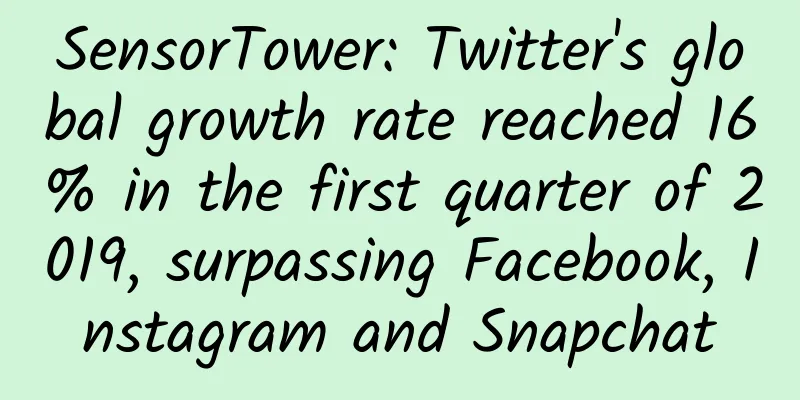Is it normal to have no ovulation?

|
If you want to get pregnant, you must have sex during your ovulation period to allow the sperm and egg to combine. The exact time of ovulation can be determined by calculation, by measuring body temperature, or by observing the condition of leucorrhea. When ovulation occurs, the symptom of stringy vaginal discharge usually occurs. But some people do not have leucorrhea during ovulation, what is going on? Is it normal to have no stringy vaginal discharge during ovulation? During the ovulation period, women's estrogen levels reach a very high level, causing the secretion of cervical mucus to be very strong, resulting in an increase in leucorrhea. At this time, the leucorrhea is thin, colorless, odorless, and can be drawn into threads. In addition, ovulation usually occurs about 24 hours after the appearance of stringy leucorrhea. Many women use this as a basis for determining ovulation, which has scientific reasons. After ovulation, women's leucorrhea will become sticky and thick. At this time, the leucorrhea is white, and the amount of leucorrhea is significantly reduced. The day with the most and thinnest leucorrhea and the strongest stringiness is the ovulation period. Therefore, women may experience stringy leucorrhea during ovulation. If they suffer from certain gynecological diseases, this phenomenon may be reduced. What to do if the leucorrhea is not stringy during ovulation The stringiness of leucorrhea is a clinical manifestation of ovulation and has a certain reference value. If the leucorrhea is not stringy during the ovulation period, further examination is necessary to clarify relevant issues under the guidance of the attending physician. The ovulation period is when the ovaries of normal women of childbearing age release a mature egg every month. Women with normal menstrual cycles have only one ovulation period per month and the ovulation period is also regular. However, if the menstrual cycle is irregular, the ovulation period is difficult to determine. Under normal circumstances, women will experience stringy vaginal discharge during their ovulation period, which indicates that they have ovulated. The chances of getting pregnant during sexual intercourse at this time are very high. However, if a woman suffers from some gynecological diseases, it may lead to symptoms of no stringy leucorrhea during ovulation. If she wants to have children, she can go to the hospital for specific examination and treatment. |
<<: What is wrong with brown discharge ten days after menstruation?
>>: How to treat dysmenorrhea?
Recommend
The dangers of side-lying breastfeeding
After giving birth, women need to breastfeed thei...
Unilateral ovarian ovulation
We all know that every healthy woman has two ovar...
Vulvar inflammation erythromycin ointment
Vulvitis is a relatively common disease, which is...
How to boost milk supply when milk supply is decreasing
After ten months of pregnancy and giving birth to...
Causes of breast tenderness before menstruation
I believe everyone knows the importance of menstr...
What is the normal age for women to reach menopause?
Menstruation is a symbol of being a woman. A woma...
Why does my vagina hurt?
We all know that the female body structure is par...
How long will it take to give birth if you see red and open your finger?
Generally speaking, women will have some symptoms...
What is the fetal position below?
Many women have a downward fetal position, which ...
How to postpone your period for a few days
How to delay menstruation for a few days? Regardi...
What are the five foods you should avoid eating during menstruation?
Every female friend of ours may have irregular me...
Maintenance methods for hysterectomy
Everyone hopes to have a healthy body. However, d...
How to relieve itching after being bitten by a mosquito? Tips for effective mosquito repellent at home
When a person is bitten by a poisonous mosquito, ...
A reminder! Follow-up care is essential for high-risk babies' growth
Experts from Yiyang Central Hospital said that hi...
How to treat Qi and blood deficiency
Insufficient qi and blood in the body can easily ...









